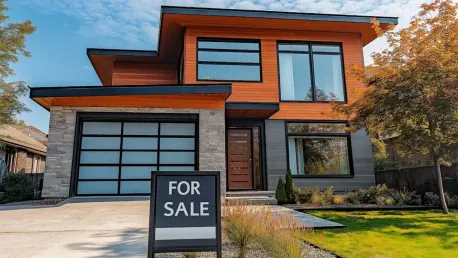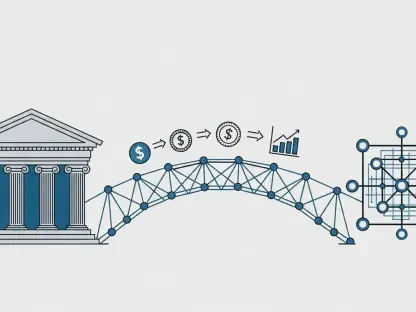Australia’s mortgage environment is evolving, with the Reserve Bank of Australia (RBA) and government initiatives facilitating easier access to home loans. Shifts in interest rates and supportive government schemes boost borrowing power and buyer confidence, according to Denton Pugh, National Australia Bank’s (NAB) executive for home lending.
Higher interest rates in recent years challenged prospective homebuyers, stretching borrowing capacities and making homeownership seem out of reach for many. The RBA cut the official cash rate for the first time since 2020, triggering a rebound in property prices, improved buyer confidence, and higher auction clearance rates. Lower interest rates enhance borrowing power, crucial in competitive markets.
A significant hurdle remains saving for a deposit. Traditionally, a 20 percent deposit was ideal, but initiatives like the Home Guarantee Scheme (HGS) help buyers enter the market sooner with just a 5 percent deposit or even 2 percent for single parents, without lenders mortgage insurance.
Buyers are employing strategies like co-purchasing with family or friends, and rent-vesting, where they rent in preferred locations while buying in affordable areas. This helps build equity despite high property prices. Expanding property searches to include apartments and townhouses, along with financial advice, are aiding buyers.
Lenders like NAB are expanding programs such as the Lenders Mortgage Insurance (LMI) waiver for professionals, including self-employed medical practitioners, easing entry into the market. The government’s update on how HELP debt is assessed for home lending further facilitates access to home loans.
Lower interest rates, government schemes, innovative purchasing strategies, and supportive lender programs collectively make homeownership more accessible in Australia. The housing market is gradually recovering, presenting various pathways for buyers to explore and consider entering the market.









